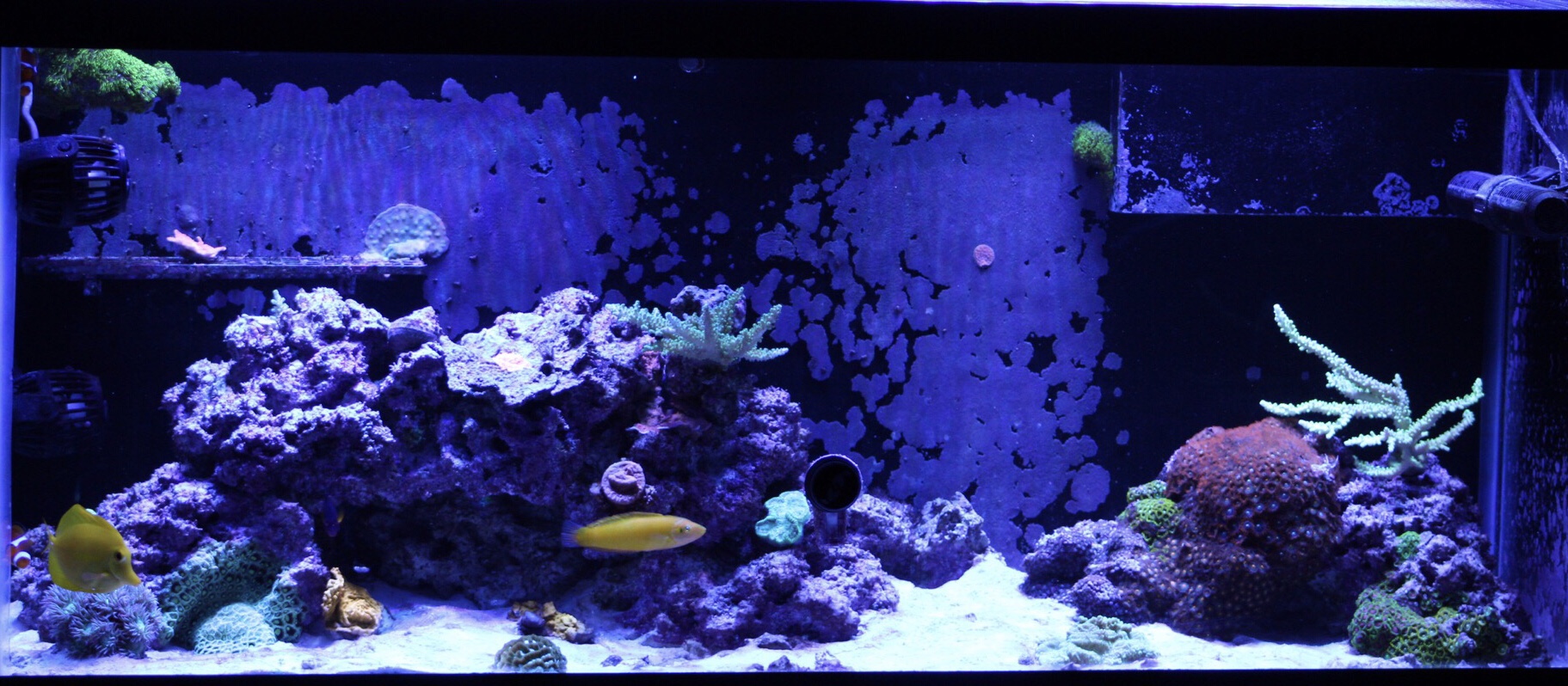I got my hands on an apogee par meter and did some initial readings. I have ocean revive lights 12” above and 18” deep tank currently set to 20 white and 85 blue. I was really surprised at how different the intensity was at certain parts of my tank on the meter vs what I thought it would be. But on the sand bed I’m getting 130 and 160 par in the “hot spots” sides are closer to 100. Mid tank (my highest rock work) is 250 range. And top of the water is in the 350 range. I will map it out more when I have some time. My question is how much par do I truly need? I see par maps showing 600 par at top! And 100ish on the bottom but that’s on deeper tanks. If I crank up my lights I could probably get numbers like that but LPS would suffer on the bottom. So do I need more than 250-300 par at mid tank level for SPS? If I go with 25/90 on my lights it puts me right around 400 at water level and but the sand bed is kind of hot getting close to 200. What are good levels to shoot for in a mixed reef?
Not the most recent pic but gives an idea of the layout.

Not the most recent pic but gives an idea of the layout.



















